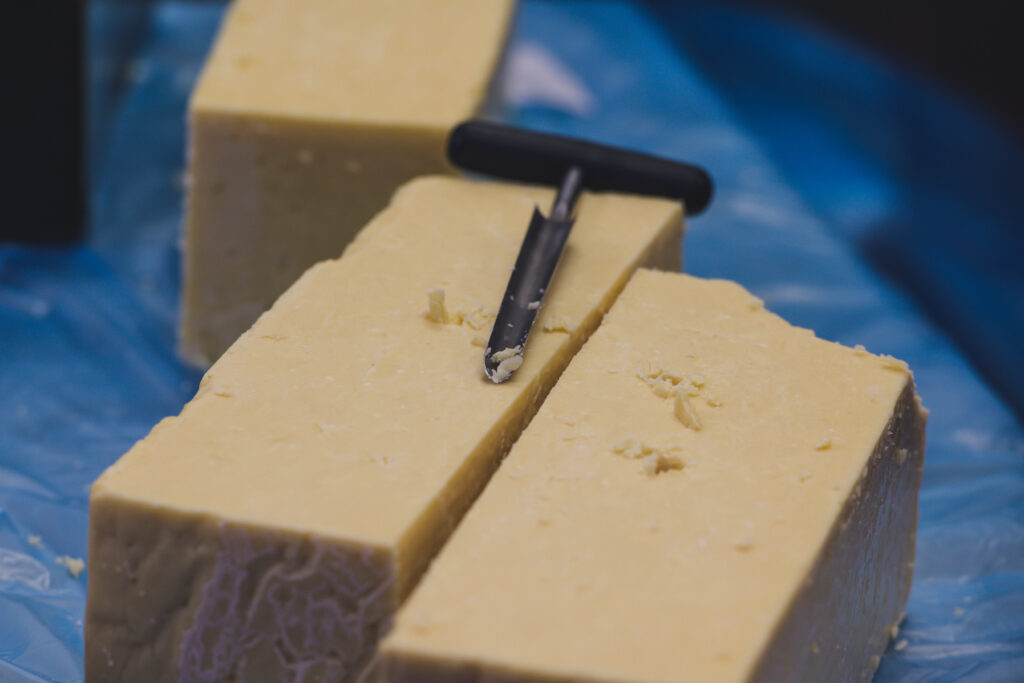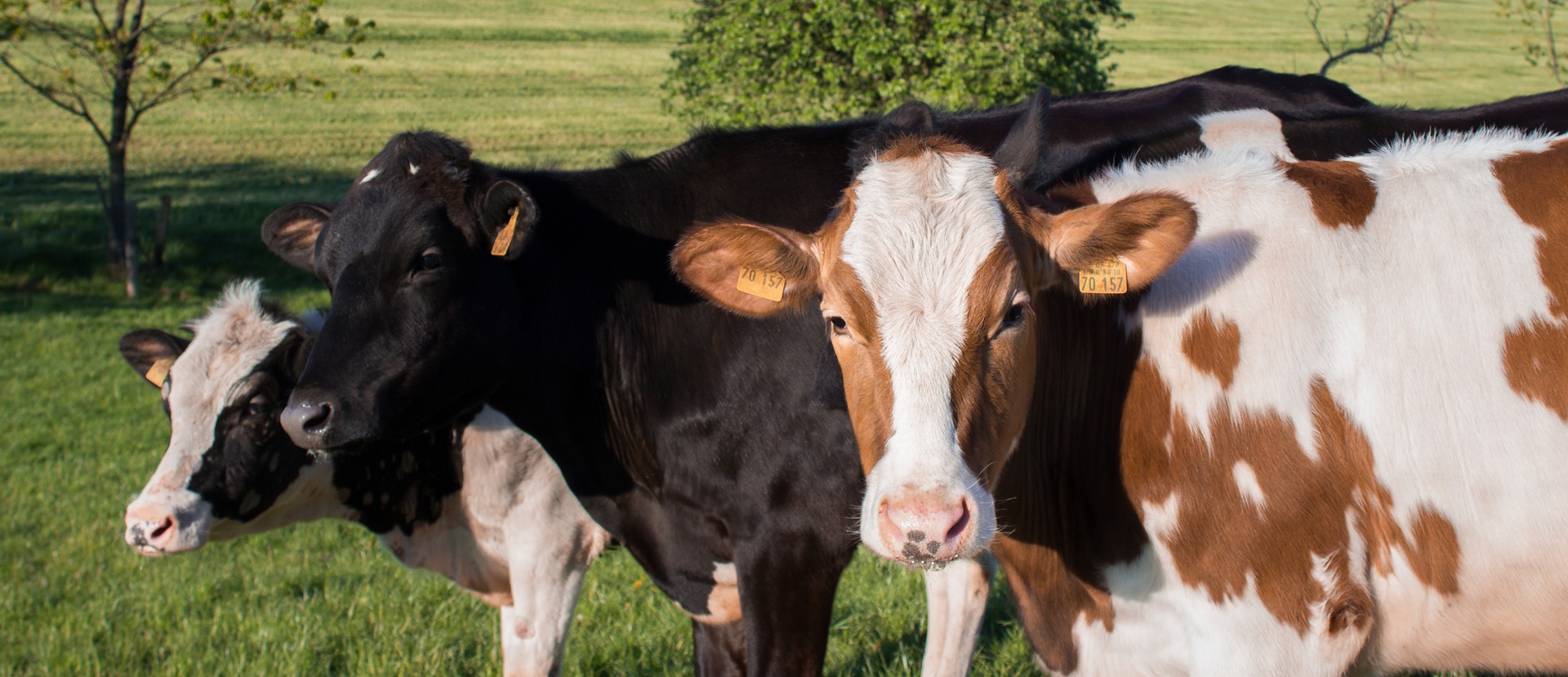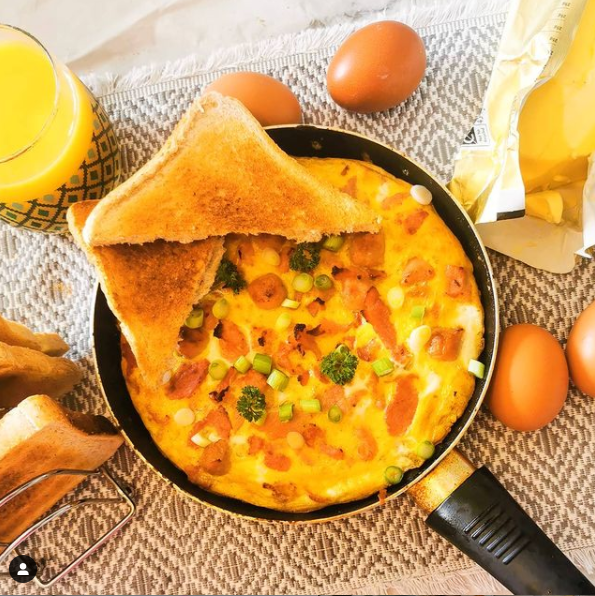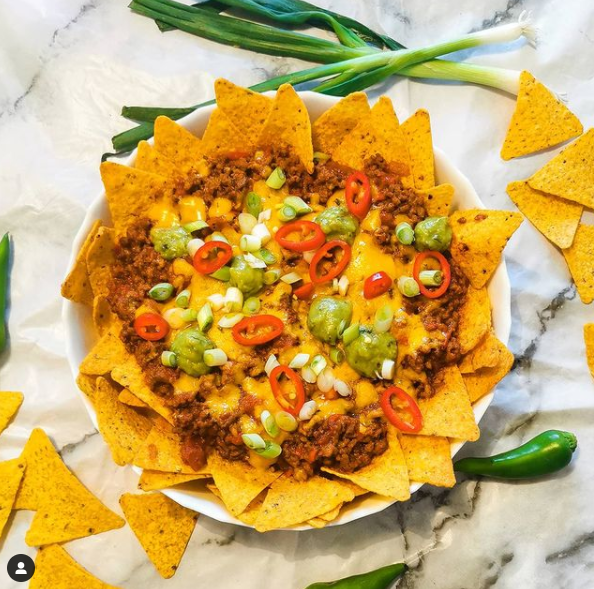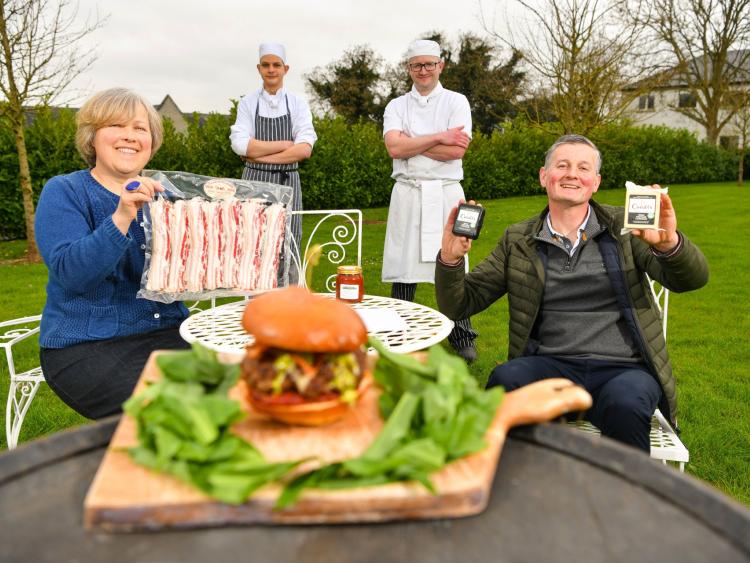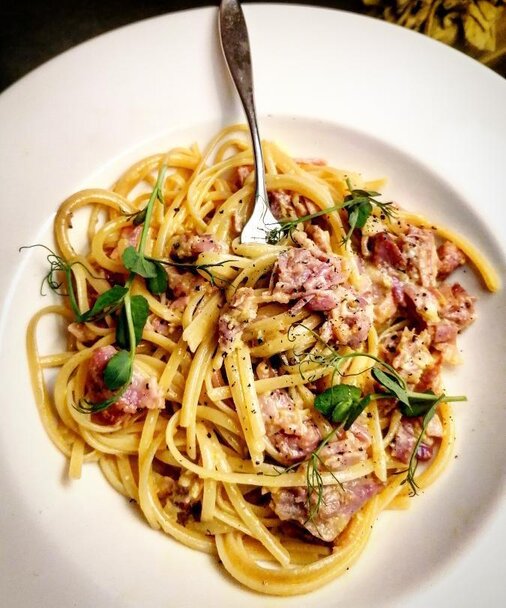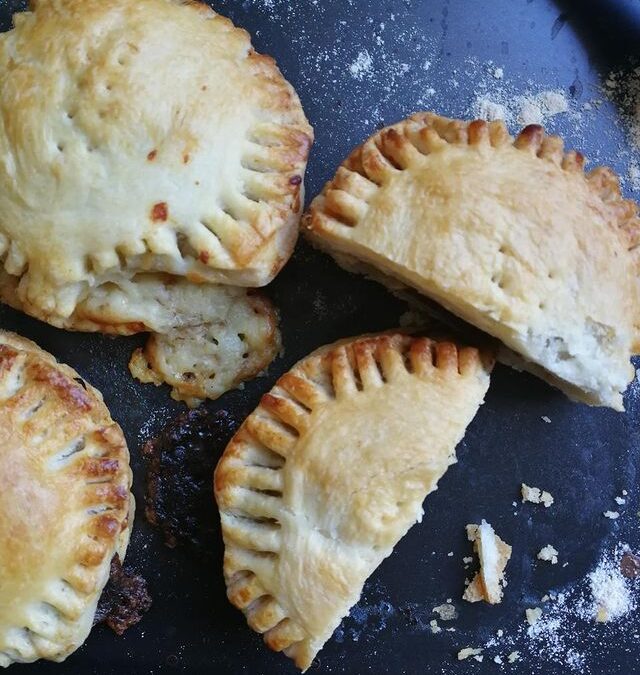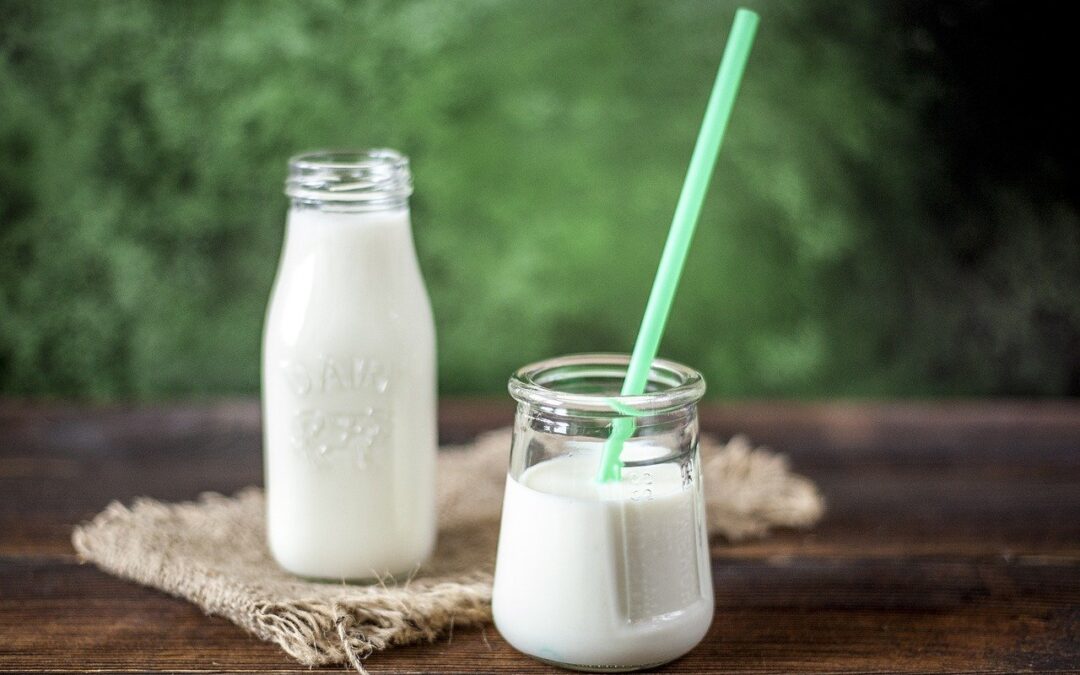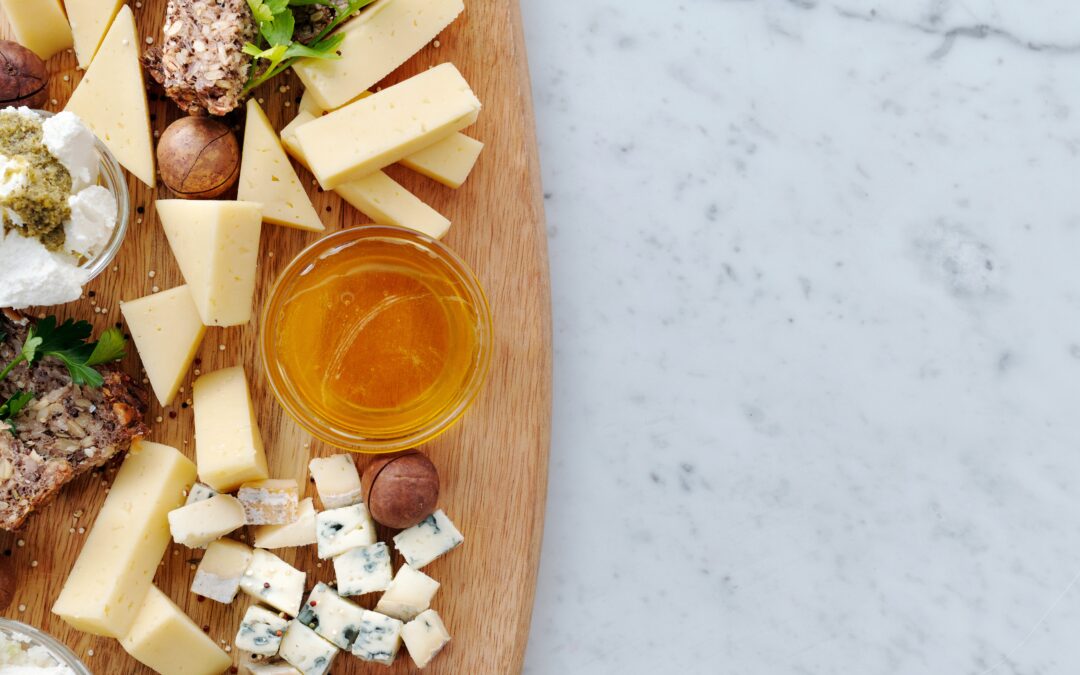In Ireland the vast majority of our cattle spend 9/10 months of the year outside grazing on fresh grass. The main reason for this is Irelands climate and its ability to grow top quality high yielding grass. In other countries where climates are extreme doesn’t allow for outdoor grazing. These countries raise their cattle in feedlots where some of them are fed fresh grass from zero-grazing and others fed soy or corn. A method called zero-grazing is a very popular in Europe where cattle are raised indoors but fed a constant supply of fresh grass. In other areas of the world feedlots are most common where cattle are fed soy or corn supplemented with some dry grass. Grass growth is incredibly low in these areas which leads to these methods of farming.
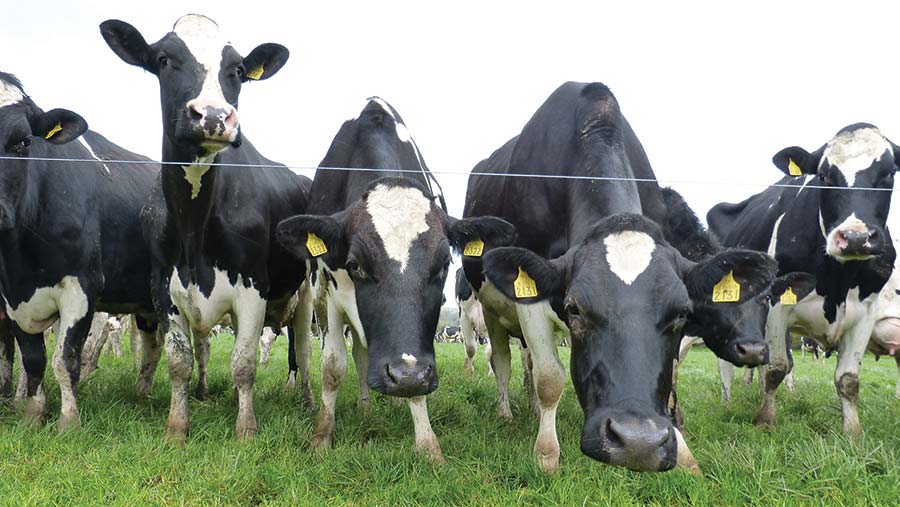
Cows grazing in a paddock 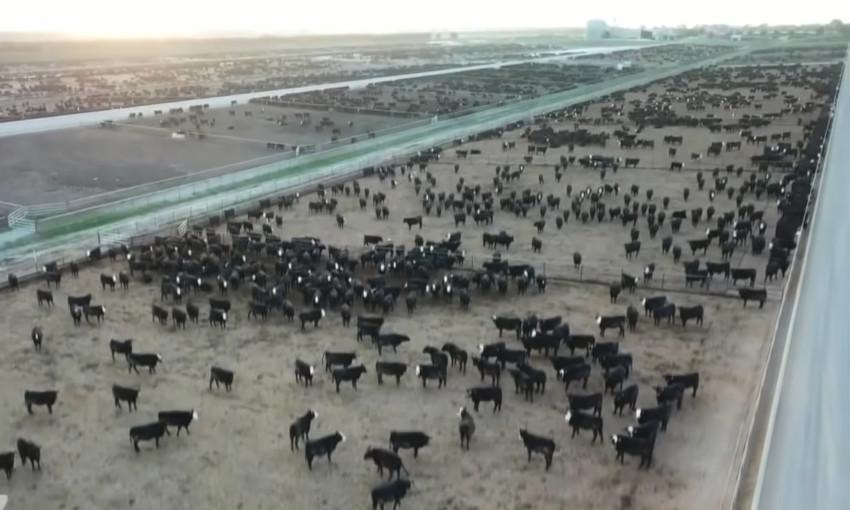
Cattle in feed-lots
When it comes to the term “you are what you eat” this also applies to cows. What cows eat can significantly affect the nutrient quality of their meat and milk. Cattle who consume grass, beef and milk not only tastes better but it is also much better for your health. Grass-fed products contains less fat than corn-fed products.
Both feeding methods are high sources of nutrients. Amazingly the difference isn’t as great as people think but grass-fed products generally contains higher amounts of certain nutrients. Vitamin A and E can be difficult to source in your diet and acts as a antioxidant, helping to protect cells from being damaged. Grass-fed products contains 5 times more polyunsaturated fatty acids comparing to corn-fed products. These fatty acids are essential for good heart health and body function.
| Grass-Fed Nutrients | Corn-Fed Nutrients |
| Higher levels of vitamins B2, B7 and E | Contains vitamins (B12, B3, and B6) |
| High levels of omega-3 and omega-6 polyunsaturated fatty acids (x5 times more than corn-fed) | High source of protein (creatine & carnosine) |
| Lean high source of protein (less calories) | Less nutritious (lacks key vitamins a & e) |
| Higher Antioxidants (needed for cell repair) | Higher fat composition |
How it works
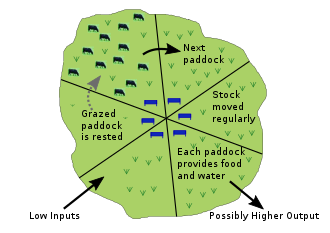
Feed-lot farms are much larger than grass-fed farms. On grass-fed farms herds are much smaller because it takes a lot more work and attention. Farmers are able to give their animals the attention they need, rather than thousands of cattle in a factory farm production. Each day the farmer moves their cows to a new paddock into fresh leafy grass. The farmer has to put manure on the grazed fields to ensure high quality grass grows.
The cattle will then go back into this paddock in a few weeks. This is called rotational grazing a method used in Ireland. Large fields are divided into smaller paddocks and passage ways. The paddocks are grazed weekly in a rotational fashion. Control of these paddocks can be hard work and requires constant attention to reach full potential. There is a reason behind this hard working method. Cattle tend to leave very little waste. All of the grass is grazed which encourages higher growth rates.
Cahill’s Cheese is produced from Irish grass-fed milk. Cahill’s is located in the Golden Vale a rich area of farm land. The famous Golden Vale area is known for having some of the best dairy farms in Ireland. These farms produce top quality high yields of milk all year round for big and small co-ops. Irish dairy products in this region are extremely high in quality and can be found all around the world e.g. Kerrygold, Cashel Blue, etc. Cahill’s Cheese are proud to be from this area and we will continue to bring you the highest quality product possible.
